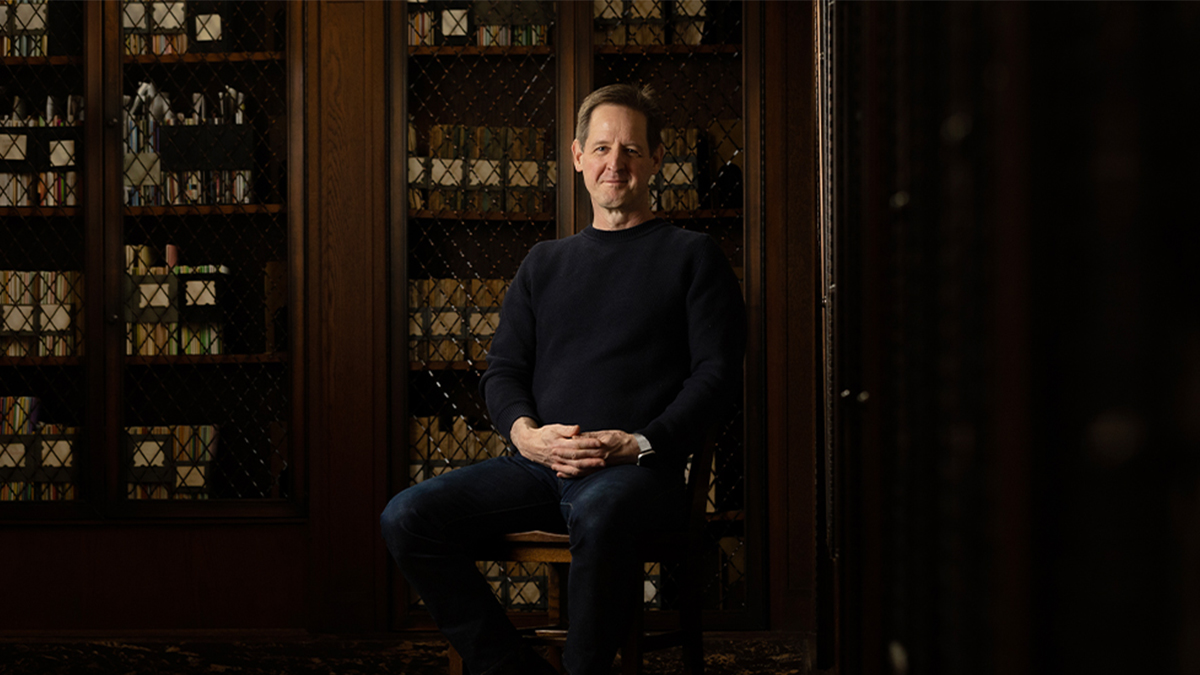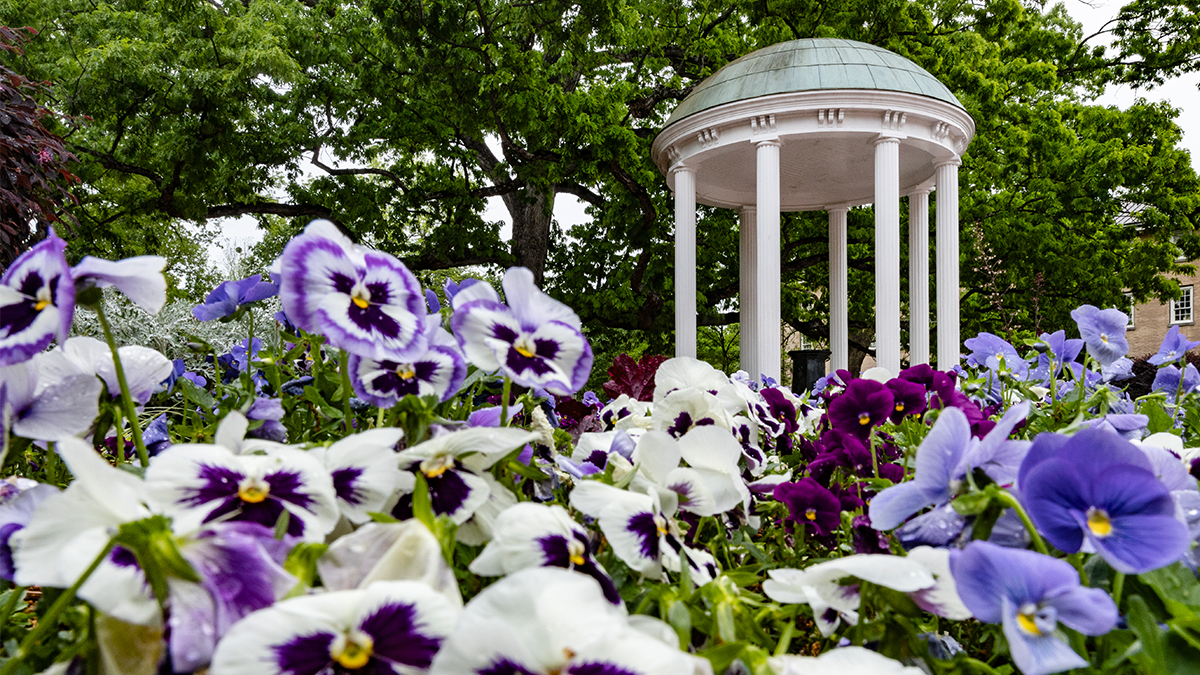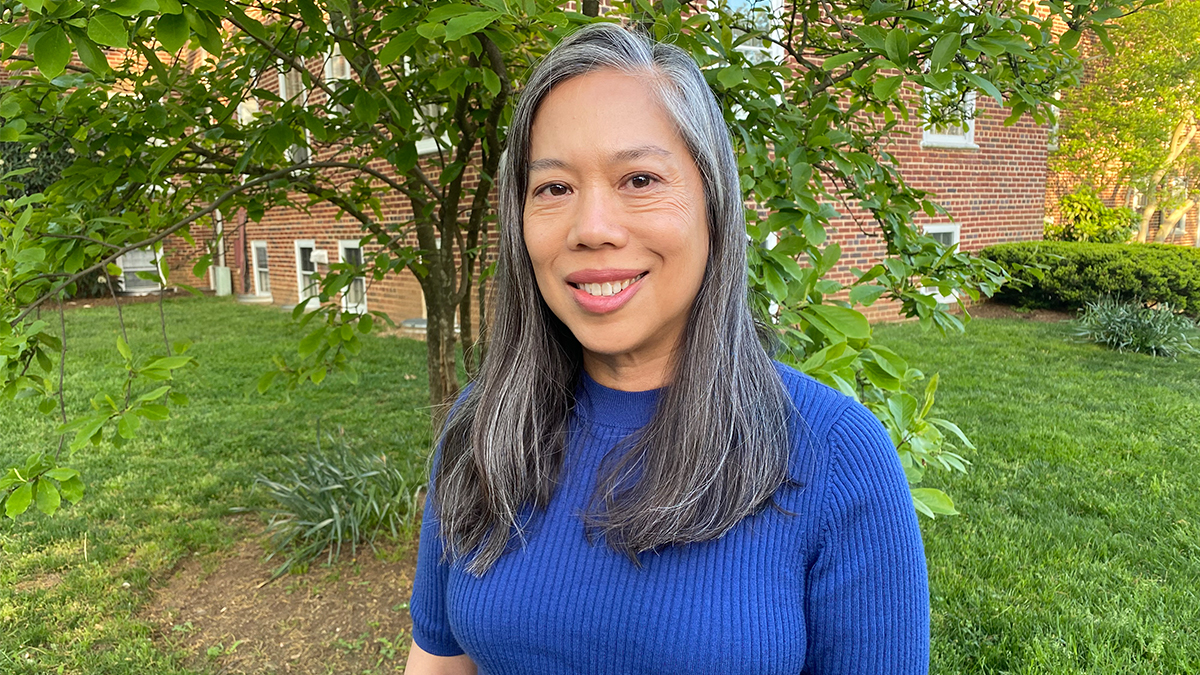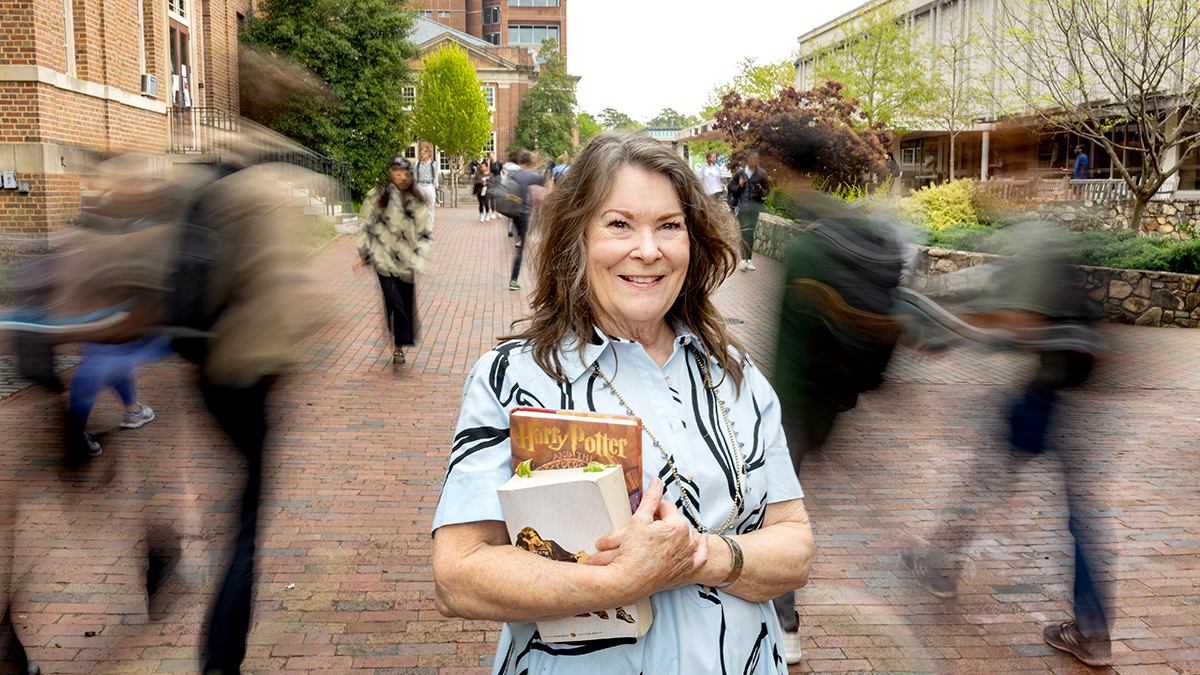Katherine Turk writes first history of NOW
The associate professor of history documented the rise of the National Organization for Women in her 2023 book.
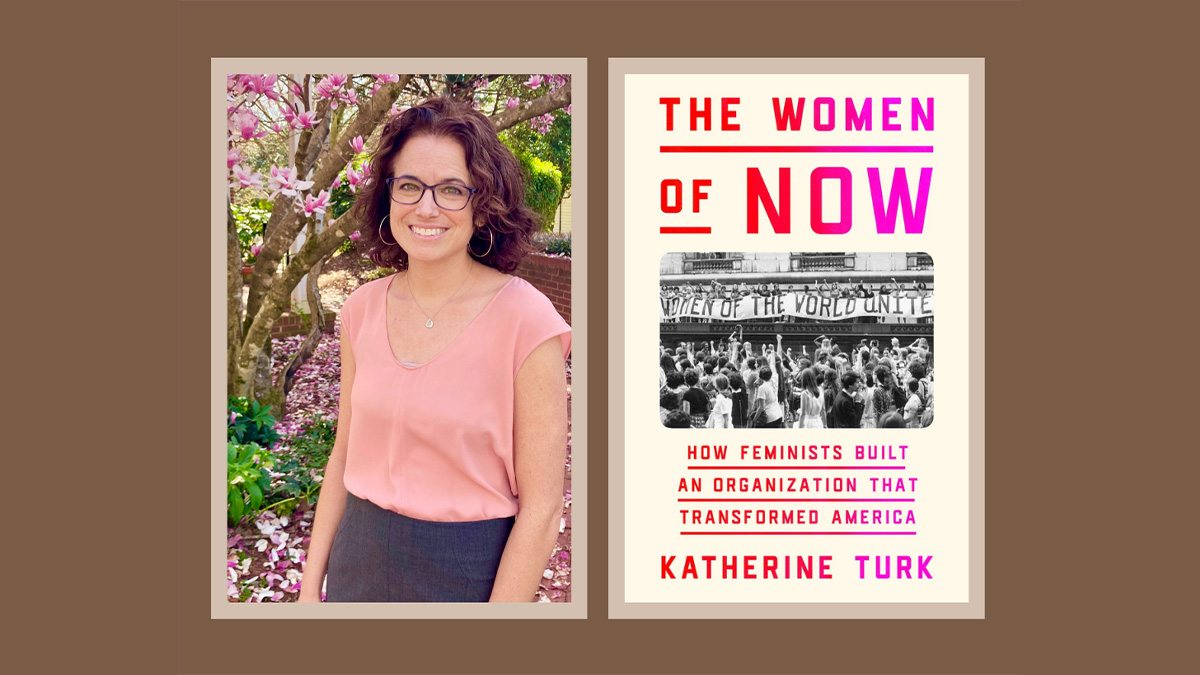
As Carolina associate professor Katherine Turk studied the National Organization for Women over the years, she realized something was missing — a complete and thorough history of NOW.
Turk, who teaches in the College of Arts and Sciences’ history department, sought to address that gap by crafting her own account of NOW. The New Yorker named “The Women of NOW: How Feminists Built an Organization that Transformed America” one of the best books of 2023.
Taking part in the College’s “Bookmark This” Q&A series, Turk discussed the motivations behind writing her book and the impact of NOW on the feminist movement.
Can you give us a brief synopsis of your book?
In 1966, a diverse group of activists founded the National Organization for Women to build “a civil rights movement to speak for women.” The group sought to change the mainstream, but its core was a radical idea: that one organization could appeal to and advocate for all women and their male supporters. “The Women of NOW” is the first full account of the largest and most expansive feminist membership organization in American history. By foregrounding NOW in the past half-century of American history, “The Women of NOW” reveals how mainstream feminism transformed the nation, clashing with conservative forces to create today’s social and political landscape.
How does this fit in with your research interests and passions?
Since taking my first college courses in women’s history 20 years ago, I have been convinced that women’s perspectives and experiences, in all their complexity, are central to the American story. Although the academic field of women’s history has existed for a half-century, there is still a great deal to learn. Much historical scholarship and popular media still treat women as lesser characters when they are included at all. The people we choose to center in our explorations of the past reflect whom we value today. I remain as motivated as ever to press the case that women’s history is American history.
What was the original idea that made you think: “There’s a book here?”
As I worked on earlier projects, I kept looking for a history of NOW to help me understand the organization: an organization that historians tend to agree was important but one whose essence remained elusive to me. Scholars have often reckoned with NOW’s scale and complexity in pieces — spotlighting specific leaders, chapters or campaigns — or freezing at its founding moment. The organization’s own archive supports this segmented approach, for its leaders and members have left millions of pieces of paper in archives across the country. The more I read about NOW, the more questions I had. I decided to visit those archives and try to answer those questions myself.
What surprised you when researching/writing this book?
I was surprised by just how many diverse people came to NOW and kept coming over the decades, inspired by its premise to represent and advocate for all women. My research pointed me beyond the more familiar founders, who erected NOW’s skeleton out of their belief that women were oppressed as a class and had to fight back together. It was their successors who tested whether this idea could work. Those newer members stretched NOW in different directions and as far as they could. Their cohort was vast, but “The Women of NOW” spotlights three women: Jamaican-American federal official Aileen Hernandez, working-class Catholic Mary Jean Collins and Republican artist and former beauty queen Patricia Hill Burnett.
